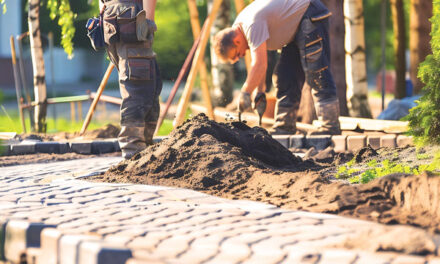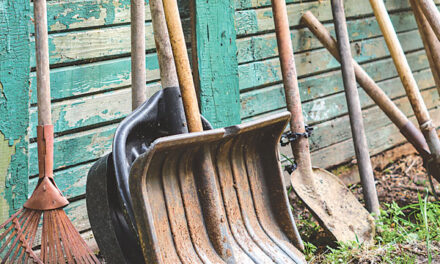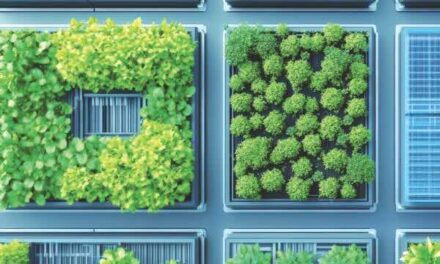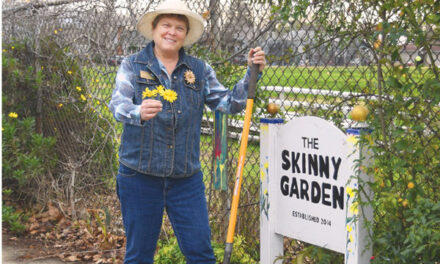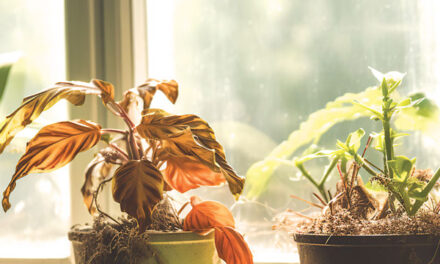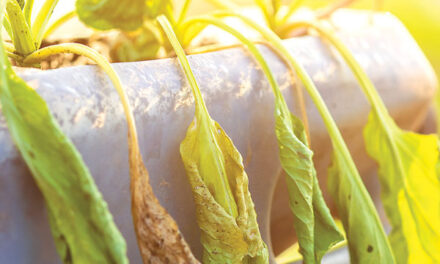Stone is not fragrant. It doesn’t bloom or sway in the breeze. Bees and butterflies treat it like a flyover state, settling on flowers. It’s not plucked and tucked in a vase, and rarely photographed. Moss and lichens find it, but gardeners too often ignore it. Yet it commands that other indispensable garden design group, hardscape.
Hardscape is any structure or feature unrelated to plants. Gardens stir conversations about trees, shrubs, perennials and grasses. Stone, should you look beyond plants, is stacked, mortared and set into patios, pathways, retaining walls, water features and dry stream beds, or placed for decorative purposes. Stone serves garden whims and fundamental needs.
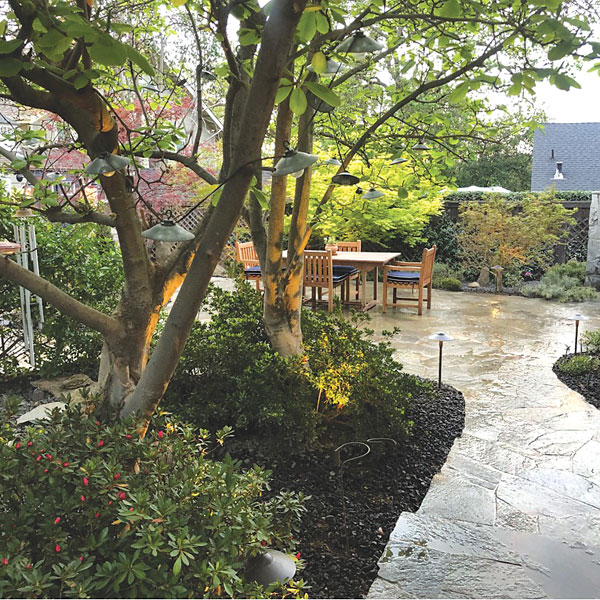
My interest in rocks and stones began in my mother’s rock garden. Mom’s weekend trips yielded more interesting rocks and crevices to start low-growing plants. The old station wagon served two purposes, grocery and rock hauler.
In college, I enrolled in a geology course. The final was identifying 50 rock samples in paper cups placed around the lab. I rocked it and exited with an appreciation for all rock family members sedimentary, igneous and metamorphic. Later, gardening with stone became seamless.
Is a rock the same as a stone? Generally, rocks are large masses and stones are smaller and more suitable for gardens. For simplicity, stones and rocks will be considered the same “hard stuff.”
“Rocks, especially boulders, add important accents in the garden,” says landscape designer Roberta Walker of Sacramento’s Roberta Walker Landscape Design (robertawalker.com). “They create focal points and also height, which breaks up the plantings and adds interest.”
Walker has designed more than 1,000 gardens and is known for her sustainable, drought-tolerant gardens of year-round color. Before designing gardens, she was an artist and graphic designer. She speaks at home shows and gardening events and has been featured in national magazines and home and garden television programs.
She emphasizes the easiest and most affordable path to drought-tolerant landscapes and breaks landscape rocks into four categories:
Cobble, a mixture of small, medium and large cobble, for dry stream beds that should meander and flow with bends and curves.
Boulders, no more than 2 feet high or wide, for accents and standalone sculptures. Any larger boulders may be too heavy and expensive to position and move.
Crushed rock for walkways, patios or top dressing (instead of bark mulch). If crushed rock is used for a pathway, she recommends borders to keep the rock in place. Walker uses various colors of lava rock for top dressing. Bark mulch moves when blowing off leaves and debris. Lava rock stays put.
Flagstone for pathways and patios. Flagstone, set in decomposed granite or concrete, can be used for a new pathway to the front door once lawn is removed.
A single stone can become a garden focal point. A long stone can be laid flat in a bed. Use it upright and it’s a spire to draw the eye. One large boulder can hide a utility meter, cable box or irrigation valves. Walker once drilled through a 12-foot-high wall of rock to plumb an outdoor shower. And, wait for it, rocks do not require water, fertilizer, pesticides or maintenance.
Like all landscaping material, the cost of stone has increased, but not as much as other materials.
“It is up, but nothing like lumber, pools and labor,” Walker says. “Labor costs reflect the inflation that has occurred over the last couple of years. Rock is still a relatively cheap way to dress up landscapes, all things considered.”
However, she adds flagstone and larger boulders have become more expensive to buy and install.
Walker cautions against the dreadful all rock garden, resulting in a moonscape front yard neighbors hate.
Remember, a well-designed garden is a combination of plants and hardscape, a balance of depth, color and interest. Great garden design is art.
Dan Vierria is a University of California Cooperative Extension Master Gardener for Sacramento County. He can be reached at masterg29@gmail.com. For answers to gardening questions, contact the UCCE Master Gardeners at (916) 876-5338, email mgsacramento@ucanr.edu or visit sacmg.ucanr.edu. Follow us on Facebook, Twitter and Instagram: @insidesacramento.



